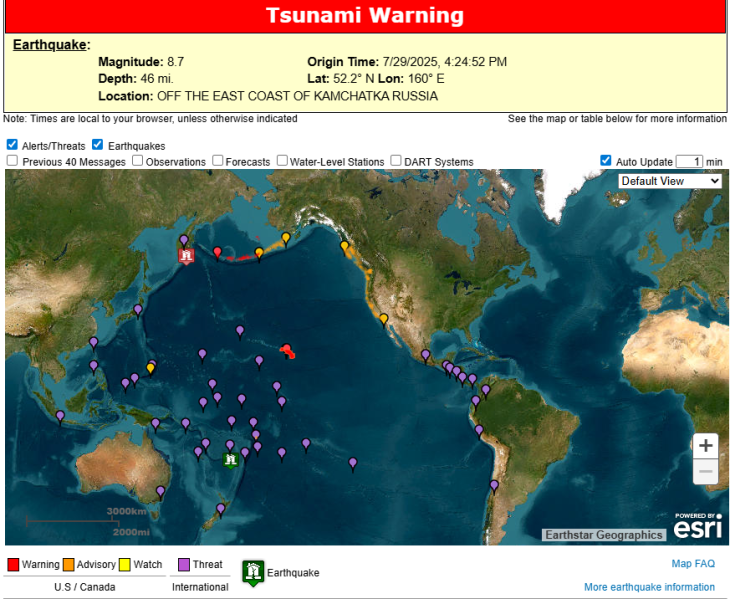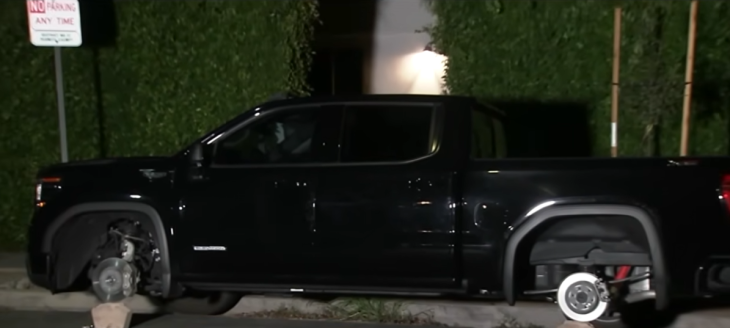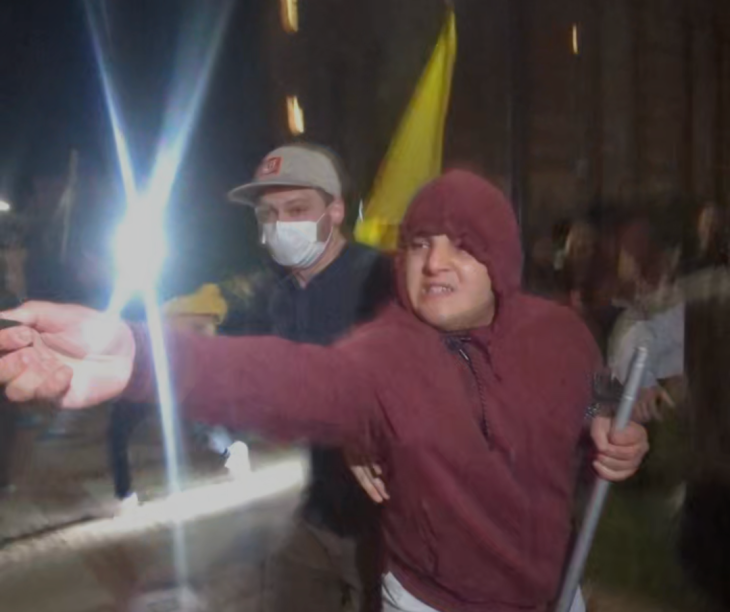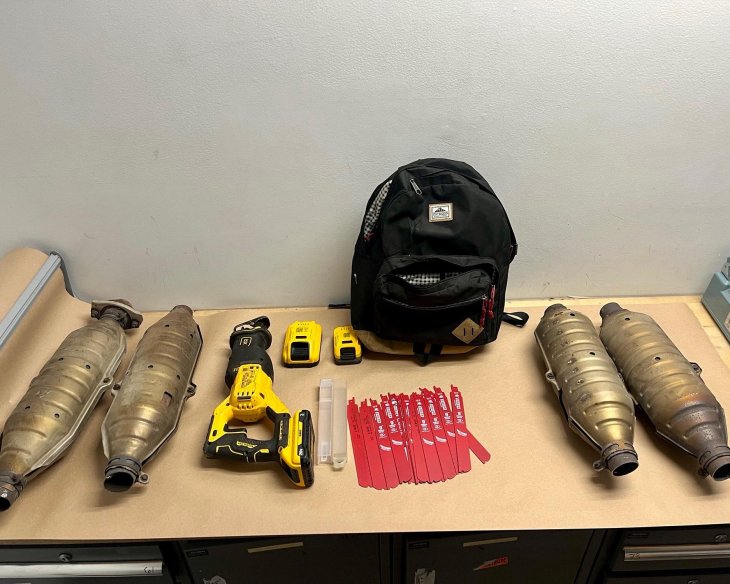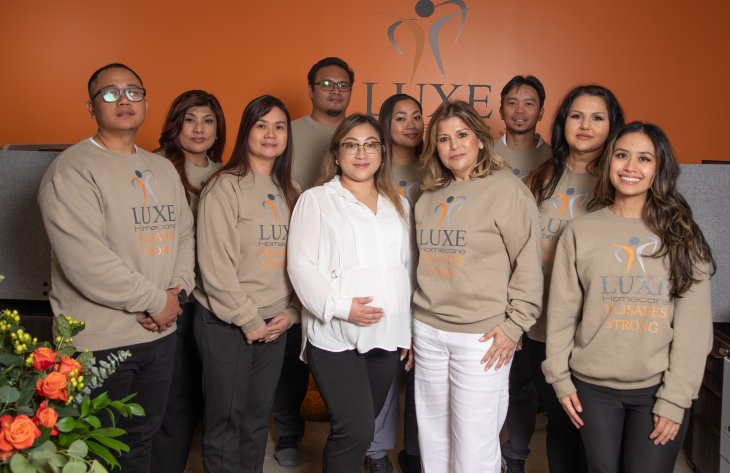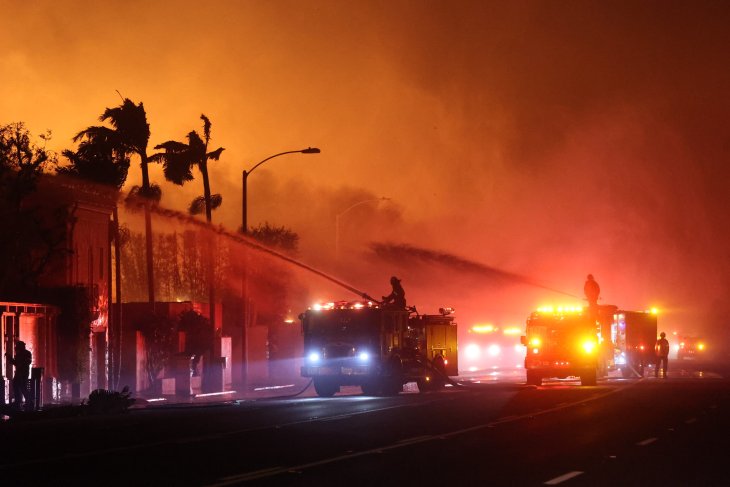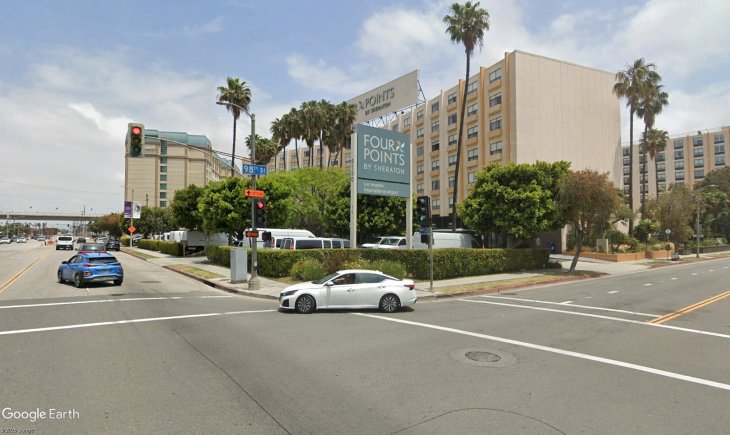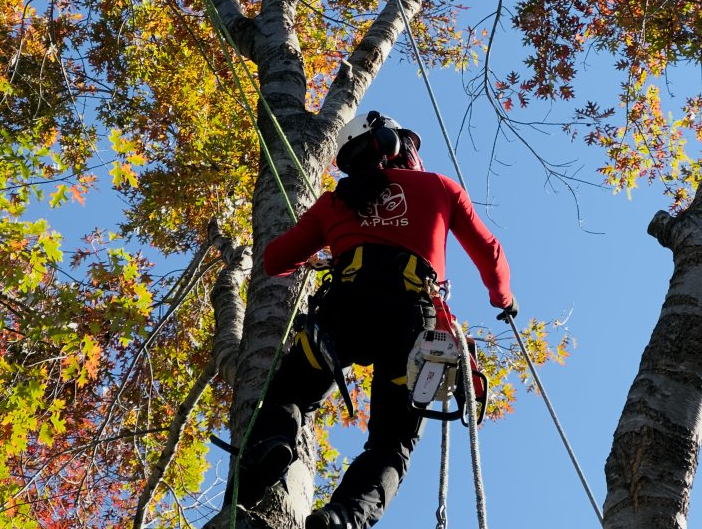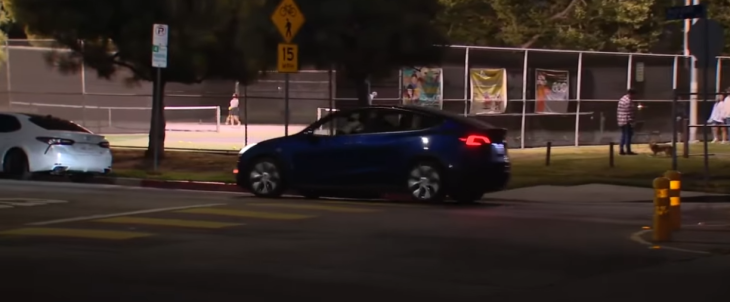Experts Urge Use of My Shake App and Emergency Kits as Seismic Activity Increases
Los Angeles has experienced two earthquakes in the last week that have been noticeable to residents. On Tuesday, August 6, a magnitude 5.2 event occurred 15 miles northwest of Grapevine in Kern County, and on Monday, August 12, a magnitude 4.4 earthquake struck near Highland Park at 12:20 p.m. The Highland Park quake was felt most strongly in the Northeast area of Los Angeles but was felt as far north as Bakersfield and as far south as San Diego.
Los Angeles Fire Department (LAFD) personnel conducted a thorough survey of the city by land, air, and sea following the quake. According to the U.S. Geological Survey (USGS), no significant infrastructure damage or injuries have been reported within the city.
Seismologist Dr. Lucy Jones said on Twitter, “The long-term average since 1932 is 10 to 12 M4s (Magnitude 4s) per year. In the last 20 years, we have averaged about 5 per year. So far, in 2024, we have had 13 M4s. So, there is lots of variability, but 2024 is closer to normal than the quiet of the last two decades.” It seems like 2024 is a year that has been more seismically active than any time in the last twenty years, so it might be a good time to prepare for earthquakes in the future.
We spoke with Jon Gudel from the California Governor’s Office of Emergency Services about earthquake preparedness and the importance of the My Shake app, which can warn everyone when an earthquake is on the way. You can download the app here.
While the app is not perfect, it has predicted earthquakes and sent warnings to people with the app on their phones, giving them precious moments to prepare and take cover. I have the app, and it has predicted three of the last earthquakes that have been on a magnitude of 4 or larger.
As Gudel explained, the further you are from the epicenter, you should get that notification with more time to prepare. It could be anywhere from five to ten seconds of warning. But even that amount of time could give you plenty of time to take protective actions, namely to drop, cover, and hold on.
The old recommendation was that people take cover in a door frame, but CAL OES recommends doing the drop cover and hold on. You just drop where you are and cover your head. If you don’t have anything like a table, you try to make yourself as small as possible. Preferably, you can take cover under a table and hold on until the shaking ends. With an earthquake of a big enough magnitude, you should realize that there are going to be aftershocks.
Gudel said, “We live in earthquake country here in California and we need to always be prepared because it’s not a matter of if, but when the next earthquake will strike. The most important thing really is the preparation factor that we alluded to. Use the tools and the resources that we have available to protect yourself and your family, your neighbors. So, assume that we’ve already had a significant earthquake followed by aftershocks, and there could be more. One of the things that really tells people is to take the time now to be prepared. Use the My Shake app because it is a life-saving tool. Think about all the apps that you have on your phone that I have on my phone. The sports apps, the entertainment apps, but this could really help you survive an earthquake.” Also, it should be noted that UC Berkeley administers the My Shake app and would never share or sell any information from your usage of the app.
He added, “It helps to have a family plan, which is typically where to meet with your family should you get separated. Listen to your local authorities. Obviously, if you’re asked to evacuate, maybe two of the most important things are to have a go bag ready if you need to leave or a stay-home kit, which is a little bit more underrated and less talked about. But with the stay-home kit, plan for at least 72 hours without services, possibly even longer. Have items like medications, cash, water, food, phone chargers, the necessities that we have in everyday life that you may need for three days or longer. You can check the website earthquake dot.ca.gov. It’s a one-stop shop for earthquake preparedness tips and resources. We actually have a link to download the My Shake app on there as well. But you can go on there and find tons of resources on how to be prepared for the next big earthquake.”
The City of Los Angeles also recommended that residents who felt the earthquake are encouraged to submit a “Felt It” report to the USGS on their website. Authorities are also using this incident as a reminder to prepare for future seismic activity. Information on earthquake preparedness can be found on the City of Los Angeles’ official website, ready.lacity.gov.


